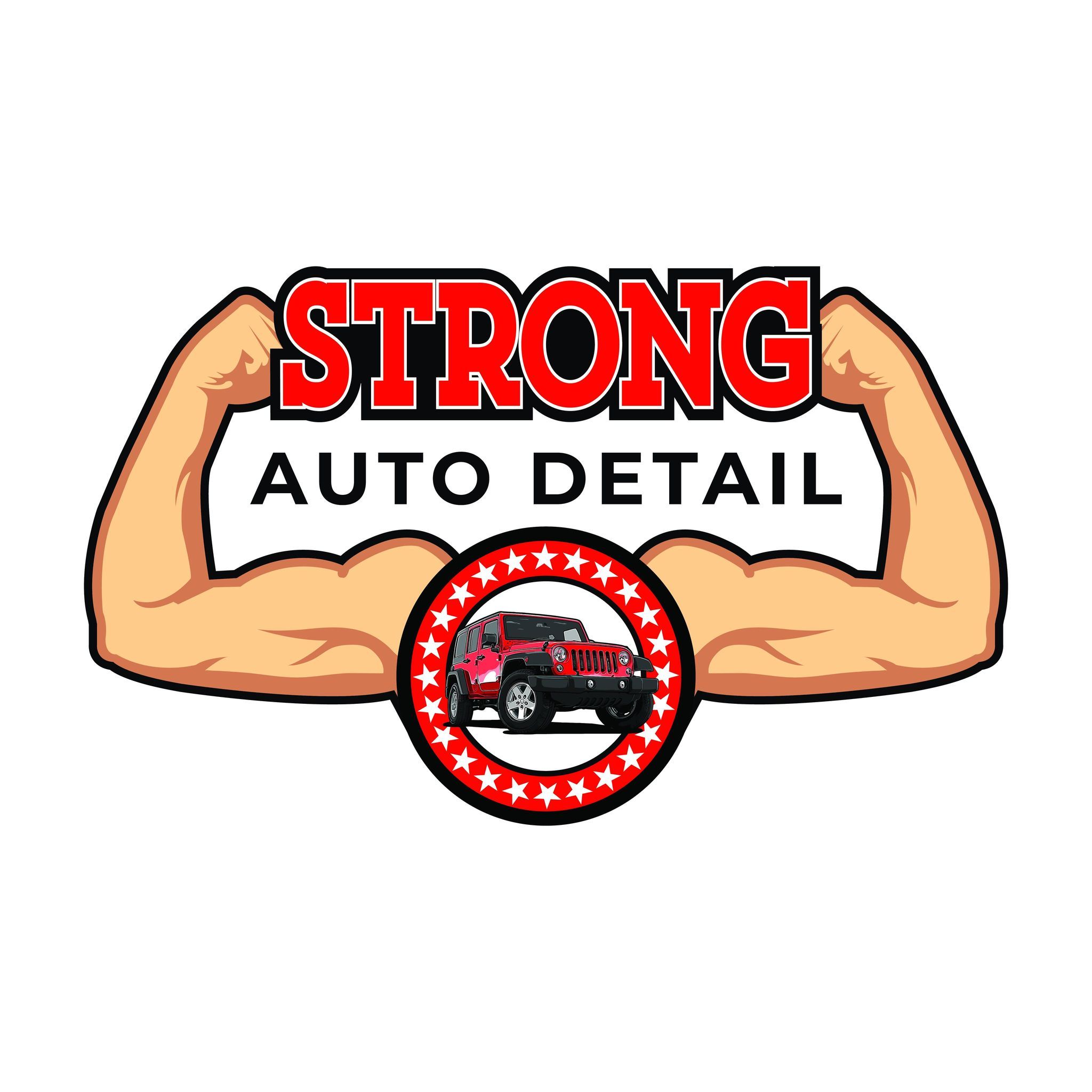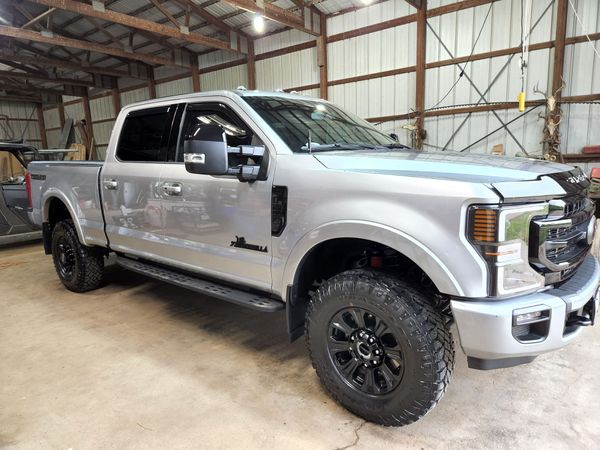For a good reason, ceramic coatings have taken over the auto detailing industry in the last decade. They have become an excellent method of protecting our vehicle's paint, but does that mean they are right for you?
There are many forms of paint protection on the market, from wax to paint sealant, ceramic coatings, graphene coating, PPF(paint Protection Film), Teflon coatings, and more. They each have their own set of Pros & Cons; here, we will discuss some of the cons to think about before buying a ceramic coating.
Expensive
The most significant pain in getting a ceramic coating for most people is the price. Although some do have an entry-level offer, and we do as well, most places getting a ceramic coating can easily be well over 1k, depending on how much paint correction and which coating you go with. Regarding overall vehicle protection and maintenance, this can be a small price when you look at the overall cost of the vehicle and repairs down the line. Protecting the paint is essential, just like caring for the engine. Depending on your vehicle's size and paint type, it can sometimes cost more to repaint a whole vehicle vs. replacing an entire engine. According to JDPower, "painting your car can cost you anywhere from a few hundred dollars to up to $10,000 or more" There are factors that determine which might be more costly, but it is true in some cases.
Water Spotting
Because of coatings' hydrophobic properties, this, in some cases, can be an issue, especially if your area has hard water. This can be handled by adequately drying your vehicle after washing it or not doing it on a hot day or in direct sunlight. Or even rinse-less washing regularly(Or a chore for the kids, haha). Also, different ceramic coatings have different degrees of their hydrophobics; some are more "beaders," and some are more "sheeters." This means some will bead water more often and longer, and others will wash off the panel more. All will bead water which detailers love to show on their social media and photos, some more than others—having one that sheets more can reduce the chances of getting water spots, although it won't eliminate it.
Not Fully Scratch Resistance
We discussed it before in a past article; ceramic coatings are not Scratch resistant but can help reduce their chances. This is a con because some have advertised that they are. These are even true ones that are advertised as 9H or 10H hardness. This sounds great but is misleading because most people will think of the MOHS Hardness Scale when it is a pencil scale. Now has a higher number, but when we apply it to the paint, it is still a thin layer of coating. Think of it as a thin sheet of metal. It will be tough to bend if you lay it on a concrete floor and jump on it with all your weight. But lay that same sheet on a bed and jump; it more likely will.
Be it can reduce the chances of scratches and marring with its release properties. This means dust, dirt, and other contamination will be less likely to stick, and more will fall off just from a simple rinse vs. an uncoated car. This is one reason why vehicles that are coated look cleaner longer than an uncoated cars. So when you do go to wash the car, there will be less dirt on the paint when you use your wash mitt, sponge, or towel, and it will come off easier. This is good since most of the swirl marks a vehicle gets are from improper washing & drying of the paint.
Also, even if the paint does get some marring or a scratch, the good thing I know is that there is a coating; there is an extra layer(although thin) it has to get through before it hits the clear coat.
Conclusion
We still believe ceramic coatings are excellent for every vehicle to get, and we apply them to everyone we own. We wanted to write this to ensure everyone is fully informed about the pros and cons before purchasing a ceramic coating. So this way, you can decide for yourself if it's right for you & your ride. Here we wrote an article on Wax Vs. Paint Sealant Vs. Ceramic Coating, and another more on the Benefits of a Ceramic Coating.

